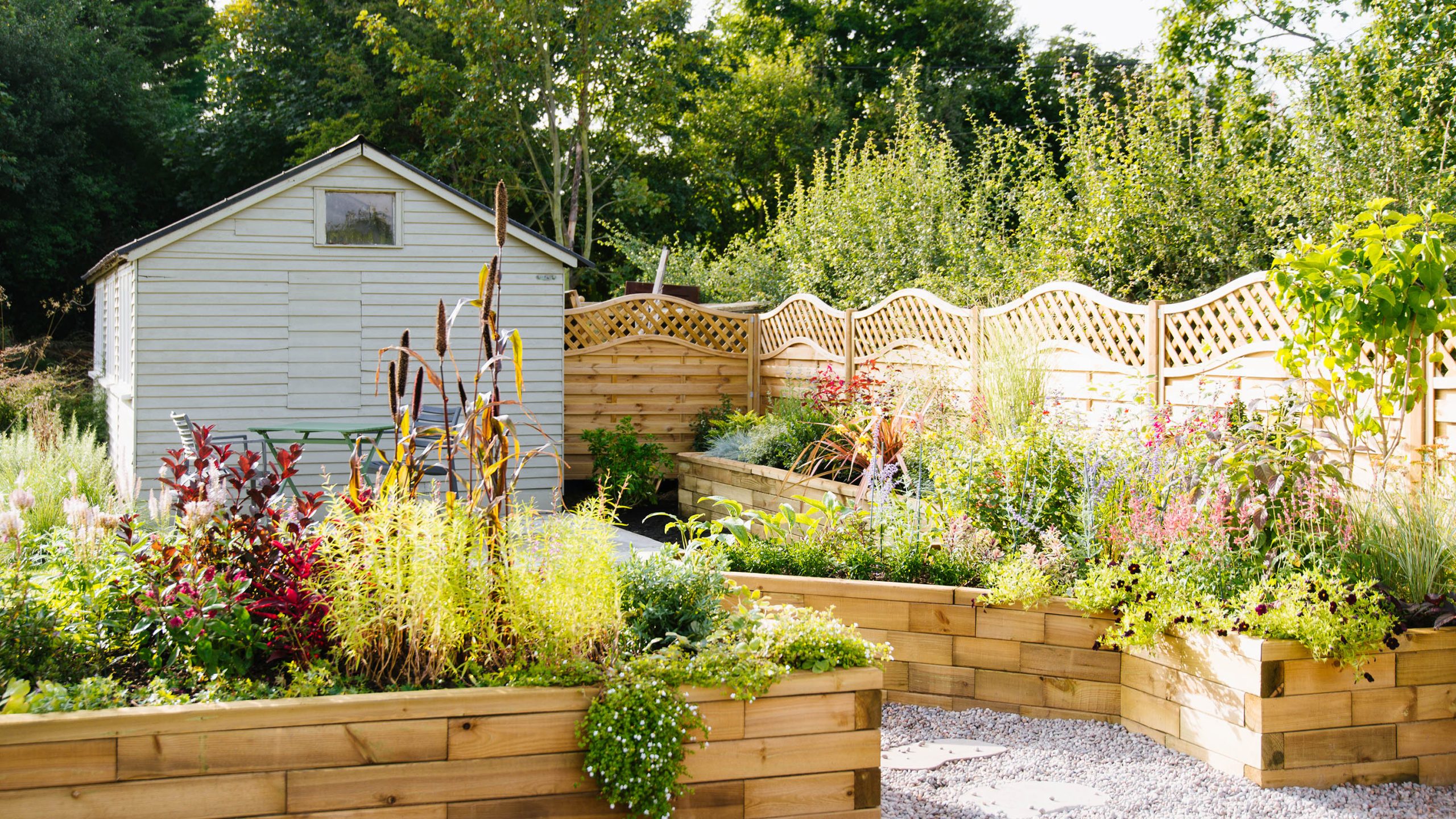Gardening can be a rewarding hobby‚ providing fresh produce‚ beautiful flowers‚ and a connection to nature․ However‚ not everyone has the time or energy to dedicate to intensive gardening practices․ Fortunately‚ creating a stunning garden doesn’t require endless hours of weeding‚ watering‚ and pruning․ With a few clever strategies and plant choices‚ you can enjoy a vibrant and thriving landscape with minimal effort․ These tips will help you design and maintain a beautiful garden that fits your busy lifestyle․
Choosing the Right Plants
Selecting the right plants is crucial for a low-maintenance garden․ Opt for plants that are native to your region or well-adapted to your climate․ These plants are naturally more resistant to local pests and diseases and require less watering and fertilization․
- Native Plants: Choose plants that thrive in your local environment․
- Drought-Tolerant Varieties: Select plants that can withstand dry periods․
- Perennials: These plants come back year after year‚ eliminating the need for annual replanting․
Smart Watering Strategies
Watering can be a time-consuming task‚ but there are ways to minimize the effort․ Consider installing a drip irrigation system or soaker hoses to deliver water directly to the roots of your plants‚ reducing water waste and evaporation․
Mulching for Moisture Retention
Mulching is an essential practice for low-maintenance gardening․ A layer of mulch around your plants helps to retain moisture in the soil‚ suppress weed growth‚ and regulate soil temperature․ Organic mulches‚ such as wood chips or shredded bark‚ will also decompose over time‚ enriching the soil with nutrients․
Factoid: Did you know that a 3-4 inch layer of mulch can reduce water evaporation by up to 50%? This can significantly decrease your watering needs and save you time and money․
Weed Control Techniques
Weeds are the bane of every gardener’s existence․ Preventing weeds is much easier than trying to eradicate them․ Employing strategies like mulching‚ using weed barriers‚ and hand-pulling weeds when they are small can save you countless hours of weeding later on․
- Mulch Regularly: A thick layer of mulch prevents weed seeds from germinating․
- Weed Barriers: Use landscape fabric or cardboard to block weed growth․
- Hand-Pull Weeds Early: Remove weeds before they have a chance to spread․
Embrace Hardscaping
Hardscaping elements‚ such as patios‚ pathways‚ and rock gardens‚ can add beauty and structure to your garden while requiring minimal maintenance․ Consider incorporating these features to reduce the amount of planted area that needs to be cared for․
Choose the Right Tools
Having the right tools can make gardening tasks easier and more efficient․ Invest in quality tools that are comfortable to use and designed for specific tasks․ A sharp hoe‚ a sturdy trowel‚ and a good pair of pruning shears can make a world of difference․
Fertilize Strategically
Over-fertilizing can lead to excessive growth and increased maintenance․ Instead of relying on synthetic fertilizers‚ amend your soil with compost or other organic matter․ This will provide a slow-release source of nutrients that will nourish your plants without requiring frequent applications․
Automate Your Watering System
Consider installing an automated watering system with a timer․ This will ensure that your plants receive consistent watering‚ even when you’re away from home․ You can customize the watering schedule to suit the specific needs of your plants and the weather conditions․
Group Plants with Similar Needs
Group plants together that have similar watering and sunlight requirements․ This will make it easier to care for your garden and prevent overwatering or underwatering certain plants․ It also creates a more visually appealing and cohesive landscape․
Regularly Deadhead Flowers
Deadheading‚ or removing spent flowers‚ encourages plants to produce more blooms and prevents them from going to seed․ This simple task can extend the flowering season and keep your garden looking its best․
FAQ ⎻ Frequently Asked Questions
What are the best low-maintenance groundcovers?
Some excellent low-maintenance groundcovers include creeping thyme‚ sedum‚ and clover․ These plants spread easily‚ suppress weeds‚ and require minimal watering․
How often should I water my low-maintenance garden?
Water deeply but infrequently‚ allowing the soil to dry out slightly between waterings․ Check the soil moisture before watering to avoid overwatering․
What kind of mulch should I use?
Organic mulches‚ such as wood chips‚ shredded bark‚ or straw‚ are excellent choices․ They decompose over time‚ enriching the soil with nutrients․
How do I prevent weeds from growing in my garden?
Use a combination of mulching‚ weed barriers‚ and hand-pulling weeds early․ Regularly inspect your garden for weeds and remove them before they have a chance to spread․
What are some good low-maintenance flowering shrubs?
Some popular choices include hydrangeas‚ azaleas‚ and lilacs․ Choose varieties that are well-suited to your climate and soil conditions․

